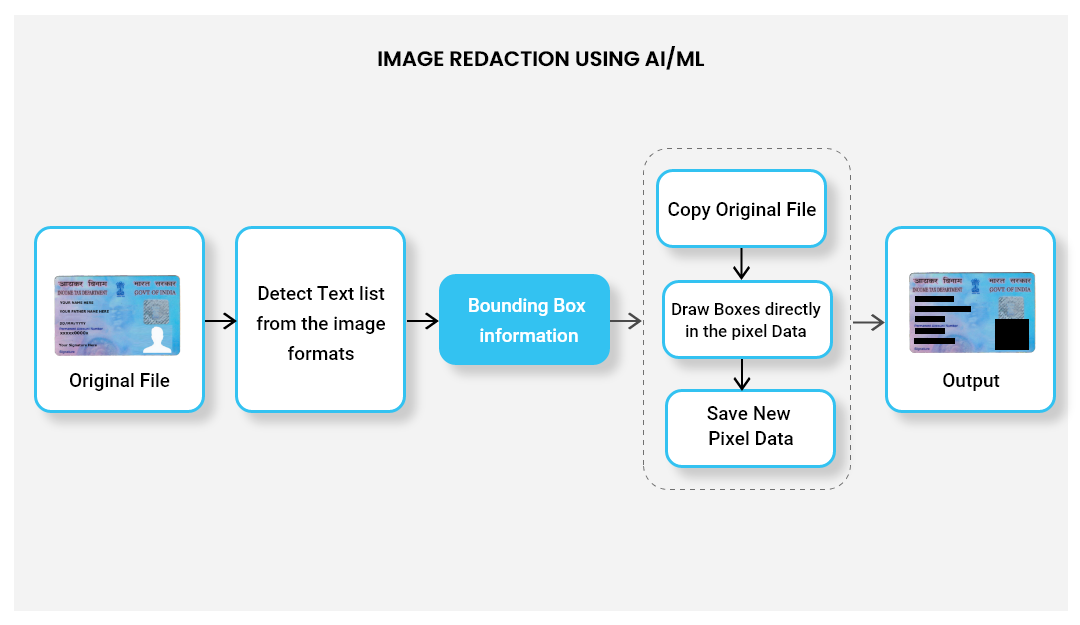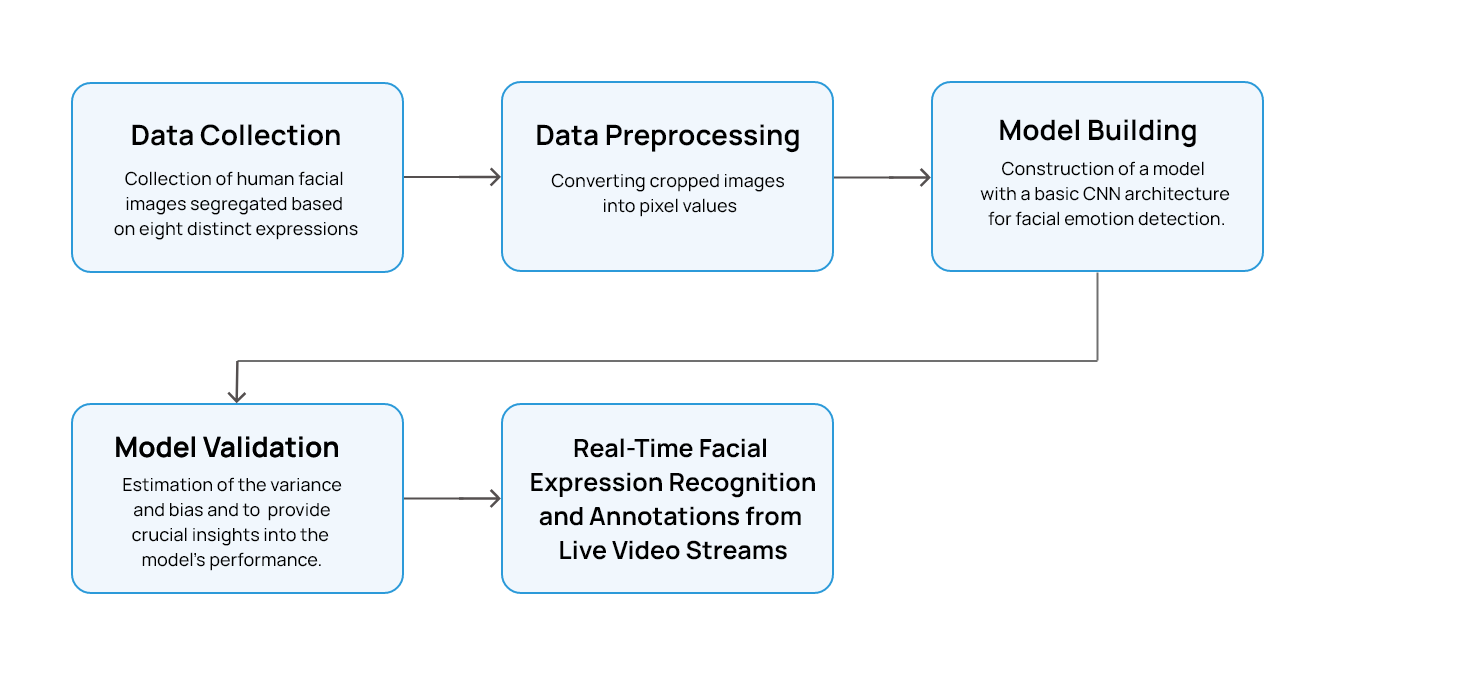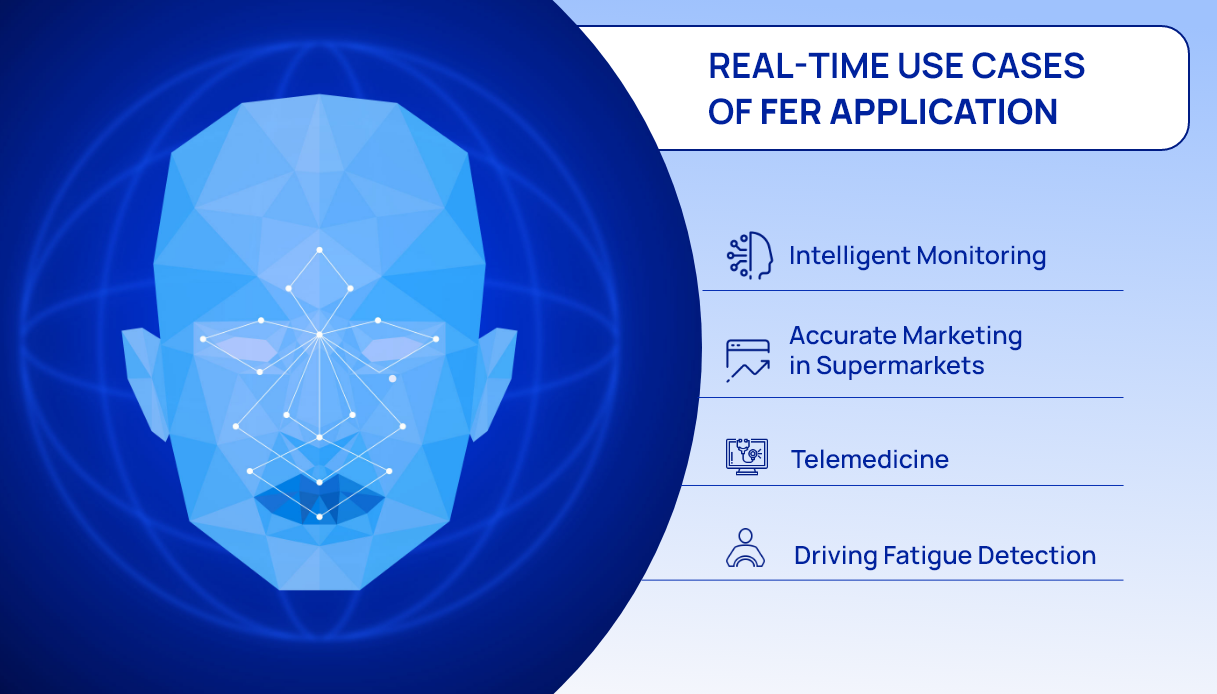One of the most universal ways that people communicate is through facial expressions. And what if technology could decode your expressions and offer you personalized recommendations based on your mood?
Prepare to be amazed by Facial Expression Recognition and Annotation (FERA), a groundbreaking AI/ML application that not only recognizes and contextualizes human emotions but also paves the way for innovative applications in industries relying on human-computer interaction - from business intelligence to real time scenarios.
Jack & Jones in Shenzhen, China have utilized FERA technology to interpret emotions, providing users personalized recommendations tailored to their mood. Disney movie have also utilized the emotion-decoding technology by evaluating the reactions of volunteers to their Star Wars films - creating an immersive and captivating experience.It doesn't stop there. Marketing firms are utilizing emotion detection to measure how audiences response to advertisements. For example, iconic brands like Coca-Cola and Intel, have leveraged the audience response to fine-tune their marketing strategies and create impactful campaigns- delivering 90 percentage accuracy in their marketing initiatives.
At Maganti IT, we've devised an ingenious AI/ML use case that takes facial expression analysis to the next level. Our team has developed a sophisticated deep convolutional neural network model, trained on a meticulously curated dataset of human facial images. With this AI/ML intelligence, we automated the process of determining emotions in real-time, by analyzing the various features of a face such as eyebrows, eyes, mouth, and other features, and mapping them to a set of emotions such as anger, fear, surprise, sadness and happiness. We've utilized faces in real-time video streams, analyzed facial expressions, and generated output with annotations based on the individual's emotional state - facilitating successful human- computer interaction.
The use case required a Python environment setup, a diverse dataset of human facial images, a face recognition library for accurate detection of face, and the installation of essential libraries such as TensorFlow, Keras, OpenCV, Numpy, and Optuna for model development. Additionally, a camera or video feed served as the input source for real-time application.
Data Collection: Our journey began with the meticulous collection of human facial images from various sources. These images were carefully segregated based on eight distinct expressions: Anger, Contempt, Disgust, Fear, Happy, Neutral, Sad, and Surprise.
Data Preprocessing: To enhance the quality of our dataset, we applied suitable filters to the collected images. Leveraging the face recognition library, we extracted human faces and resized the images to meet specific target size requirements. The final step involved converting these cropped images into pixel values using OpenCV.
Model Building: Our use case is mainly based on the development of a deep convolutional neural network. To this effect, we designed a facial emotion detection model using TensorFlow with Keras that employs a primitive CNN architecture. The tuning of the model entailed adjusting the weights by using ReLU as an activation function and configuring layers with multiple neurons. The output layer was SoftMax activated to classify and predict emotions into eight classes.
Model Validation: Ensuring the reliability of our model was paramount. We subjected it to a rigorous evaluation using preprocessed, unseen images. This validation step aimed to estimate the bias by providing crucial insights in the model's performance.
Real-Time Facial Expression Recognition: The culmination of our efforts was the real-time testing of the model. By capturing facial images from a live video feed, we successfully recognized and annotated facial expressions. The predictions were then displayed on the screen, showcasing the model's ability to respond in real-world scenarios.
This case study underscores the potential of artificial intelligence to comprehend and respond to human emotions in real-time, paving the way for innovative applications in industries relying on human-computer interaction.
Facial expression serves as a significant means for humans to convey emotions and can be utilized to identify and ascertain an individual's emotional states. The analysis of facial behavior has found applications across various domains, contributing to the enhancement of human-computer interaction.
Intelligent Monitoring: Facial expressions of students in a classroom can be detected to analyze and judge their emotional states. This is valuable for assessing concentration and mental state.
Accurate Marketing in Supermarkets: Supermarkets can leverage Facial Expression Recognition (FER) to analyze customers' facial expressions, aiding in judging their preferences and assessing how much they like products.
Telemedicine: Through the analysis of facial expressions, a facial expression analysis system in doctor-patient communication can enable doctors to identify changes in patients’ mental states, thereby assisting them in planning better treatments. Therefore, Facial Expression Recognition (FER) can play an important role in improving doctor-patient communication and treatment planning by analyzing facial expressions.
Driving Fatigue Detection: By utilizing facial expression analysis, identifying the driver's state becomes possible, enabling timely warnings and reducing fatigue in driving. An example scenario involves enhancing traffic safety through the detection of driver fatigue.
Maganti IT offers a versatile range of AI consulting services tailored to meet the unique requirements of our clients. The extent of our services is contingent upon factors such as our customers' business needs, the maturity of their data management practices, and the current AI environment. In our AI consulting, we introduce a customized launch strategy, design the optimal architecture and tech stack for your AI solution. Our expertise extends to providing advice on AI security and compliance, along with delivering a detailed project plan for a risk-free AI implementation.
Whether integrating AI into existing apps or developing AI-powered software from scratch, our seasoned AI developers possess the skills to deliver industry-specific solutions of any type and complexity at scale. Additionally, our data scientists excel in AI model training, achieving over 95% output accuracy through the creation of representative training datasets, optimization of hyperparameters, and preventing under and overfitting. Furthermore, we conduct AI audits and revamps, identifying operational issues in your AI solution and providing pragmatic solutions for software upgrades and model enhancements, enabling you to extract higher value from your existing AI infrastructure. Have an AI/ML requirement for your business? Talk to our data experts.













